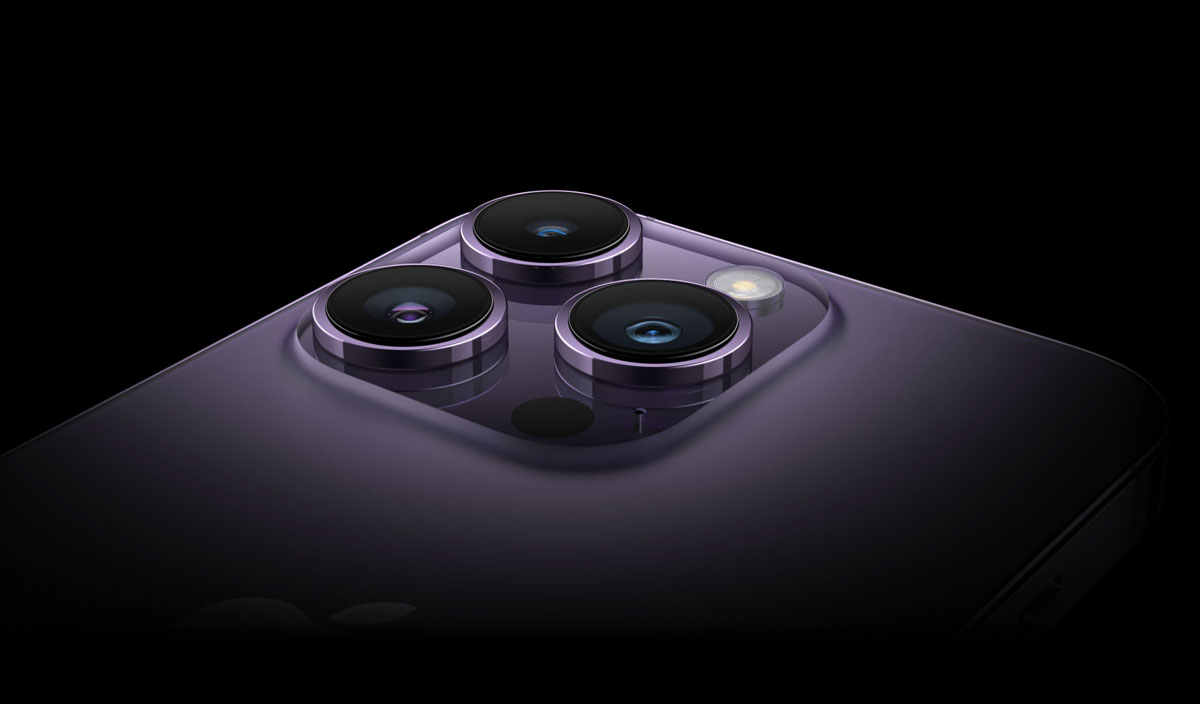iPhone 15 to Use ‘State-of-the-Art’ Image Sensor From Sony for Better Low-Light Performance
In a report released today, Nikkei claims Sony has agreed to supply Apple with its “latest high-end image sensors.” Sony has been making the image sensors used in iPhones for years, so it’s not all that surprising that the Japanese electronics company continues what could be a lucrative partnership. Here is a similar article OnePlus 9RT gets Android 13 new OS update.
The iPhone often tops the smartphone photography charts, and with good reason. Every year Apple’s smartphones deliver great images, and Apple has put more effort into photography in recent years. According to a new Nikkei report, the iPhone 15 could rule the world of smartphone photography thanks to Sony’s latest image processor.
Some Main Features of IPhone 15 Update
- If any phones in the iPhone 15 series do have this new Sony sensor then that could make for quite a photographic upgrade.
- This would allow for the optical zoom distance to be extended from the 3x of current Pro models to likely around 5x but potentially as much as 10x.
- On top of that, the iPhone 15 Ultra and possibly also the iPhone 15 Pro might be able to record 8K video, according to one source.
- So, in other words we might see big improvements to the wide and telephoto cameras on some iPhone 15 models, as well as to video recording, with only the ultra-wide camera possibly staying the same.

The new image sensor focuses on increasing the amount of light received to improve photo exposure. According to Nikkei, the sensor “doubles the saturation signal level of each pixel” in the image, which helps reduce or increase the smartphone’s exposure. This is especially useful for night shots in high light density areas such as the night sky, where you want to define subject characteristics against bright or glaring backlight. B. A busy street in the city. It is currently unknown if Sony’s new sensor will be included in all iPhone 15 models. Like the current iPhone 14, Apple’s upcoming smartphone will feature two base models and two of his “Pro” models with significantly upgraded hardware, especially the processor and camera system.You can find here Moto Edge 30 Pro X30.
The new sensor puts the photodiodes (the little electronics that capture light) in their own layer, allowing more photodiodes to be used overall. By splitting the photodiodes into separate layers, Sony could pack multiple small light sensors into the image sensor, greatly increasing the amount of light the sensor can absorb and improving how the sensor records light data.




